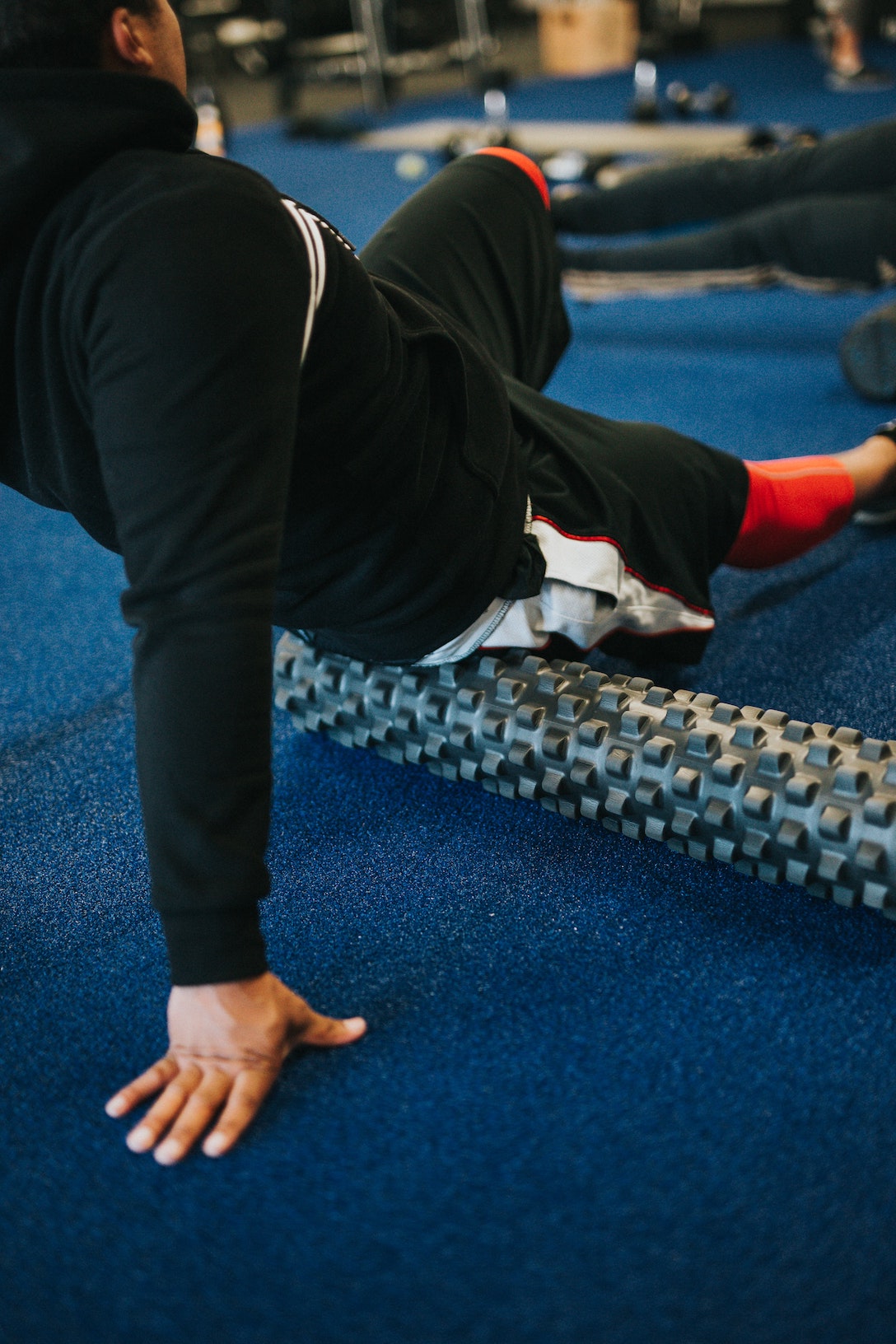
We are born with optimal joint mobility but we lose it due to repetitive stress and/or injuries. As children we all have optimal joint mobility (unless there is a congenital condition), but as we age our mobility can be decreased by multiple factors. For example, our lifestyle and daily habits can have a huge impact on our mobility over time such as sitting at a desk or in a car, repetitive movement patterns, such as construction workers or sports, or maybe you’ve suffered an injury.
All of the external stresses that have been placed on an individual’s body over their lifetime will influence how they currently move and feel. Their genetic predispositions, past injuries, repetitive activities, such as sitting or swinging a baseball bat, stress levels, nutrition, medications and surgeries, if applicable, must also be considered.
Self myofascial release, or SMR, is an intervention technique used to improve mobility and recovery of soft tissues. It improves gliding of the body’s structures including skin and fascia. It affects the nervous system through interaction with mechanoreceptors. SMR are techniques that are performed by an individual on themselves with a tool rather than by a clinician who is performing manual therapy on them.
SMR opens up a window of opportunity to improve mobility. It creates a mechanical stimulus that initiates a number of potential neurophysiological effects from the peripheral and central nervous systems, including increased parasympathetic activity (in charge of our rest, digest and recovery), enhanced blood flow, decreased blood pressure and a rise in serotonin and dopamine levels.
Joints do not have direct blood supply and, after childhood, rely on free movement to move fluids and nutrients in and out of the joint spaces to stay healthy. Long-term joint fixations are a primary cause of reduced mobility as calcium deposits develop. SMR increases blood flow and reduces inflammation; improves muscular range of motion; reduces muscle soreness; promotes quicker recovery; helps get you mentally prepared to move and perform; and, reduces arterial stiffness which is conducive to cardiovascular well-being.
Myofascial release and all related synonyms (foam rolling, trigger point release, fascial release, self massage) are interventions that work on the skeletal system, muscles and fascia of the body to help ease mobility and pain. The practice has become increasingly popular for improving mobility, preventing injury, augmenting performance and aiding recovery from exercise.
If you perform SMR and it’s so painful that you can’t breathe and your body clenches up, you risk exciting the flight or fight response and this is the opposite of what you’re trying to accomplish.Find the sweet spot between pleasure and pain roughly a 5 out of 10 intensity level. Move slowly and consciously.
Contraindications include staying away from bone; staying away from nerves or any sensations that feel sharp, shooting or radiating; and, avoid swollen tissue (acute injury).
Being proactive and consistent is the key to success. Schedule your active recovery and mobility time. This time will also be a time of de-stressing. Incorporate mobility drills into your daily routine. Ten minutes each morning, during your lunch break at work or 10 minutes before bed.